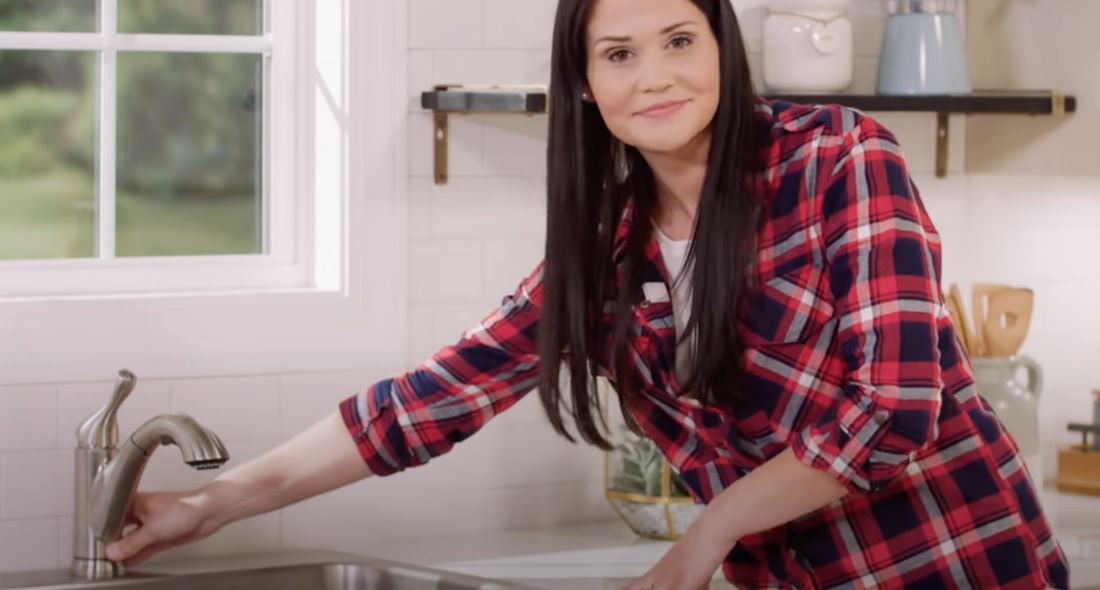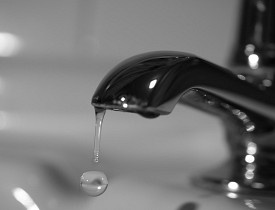Just about everyone will have their personal rationale in relation to 4 Common Reasons for a Leaky Faucet.

Dripping taps might feel like a minor hassle, however their effect exceeds just the nuisance of the audio. From wasting water to sustaining unneeded economic costs and health and wellness risks, disregarding a trickling tap can result in various effects. In this write-up, we'll explore why it's important to resolve this typical house issue immediately and efficiently.
Wastefulness of Water
Ecological Effect
Trickling faucets contribute significantly to water wastage. According to the Environmental Protection Agency (EPA), a single tap dripping at one drip per secondly can squander greater than 3,000 gallons of water annually. This not only pressures water resources however likewise impacts communities and wildlife based on them.
Financial Prices
Raised Water Costs
Beyond the environmental impact, trickling taps can blow up water bills substantially. The gathered wastefulness in time translates into higher energy expenditures, which can have been stayed clear of with timely repairs.
Prospective Building Damages
Additionally, extended trickling can lead to harm to components and surfaces bordering the faucet. Water buildup can trigger discoloration, corrosion, and also structural concerns if left unattended, causing additional fixing costs.
Wellness Issues
Mold And Mildew and Mildew Growth
The consistent existence of moisture from a leaking faucet produces a perfect setting for mold and mold growth. These fungis not only jeopardize interior air quality but likewise pose health and wellness risks, especially for individuals with respiratory system conditions or allergic reactions.
Waterborne Diseases
Stagnant water in trickling taps can become a breeding place for microorganisms and other microorganisms, raising the threat of waterborne diseases. Contaminants such as Legionella bacteria flourish in stationary water, possibly causing significant health problems when ingested or inhaled.
DIY vs. Professional Fixing
Pros and Cons of DIY Repair
While some might try to take care of a leaking faucet themselves, do it yourself repair services include their own collection of challenges. Without correct understanding and tools, do it yourself attempts can aggravate the problem or result in insufficient repair services, prolonging the trouble.
Benefits of Employing a Professional Plumber
Hiring an expert plumber ensures that the underlying root cause of the dripping tap is dealt with properly. Plumbing technicians have the knowledge and tools to diagnose and repair tap concerns efficiently, saving time and lessening the threat of more damage.
Step-by-Step Guide to Repairing a Dripping Faucet
Tools Needed
Prior to trying to fix a dripping faucet, collect the necessary devices, consisting of a flexible wrench, screwdrivers, substitute components (such as washers or cartridges), and plumber's tape.
Common Faucet Issues and Their Solutions
Recognize the type of tap and the particular concern causing the drip. Typical troubles consist of worn-out washing machines, corroded valve seats, or malfunctioning O-rings. Describe manufacturer directions or on-line tutorials for detailed support on fixings.
Preventive Measures
Routine Maintenance Tips
To avoid dripping faucets, do routine maintenance such as cleaning aerators, examining for leaks, and changing damaged components promptly. Additionally, think about setting up water-saving gadgets or upgrading to extra reliable components.
Relevance of Prompt Services
Resolving leaking faucets as soon as they're noticed protects against more water waste and prospective damage, ultimately conserving both water and money in the long run.
Influence On Residential Or Commercial Property Worth
Understanding of Well-Maintained Residential Or Commercial Property
Keeping a property in good condition, consisting of addressing maintenance concerns like leaking faucets, enhances its regarded worth and value among possible purchasers or renters.
Impact on Resale Worth
Residences with well-maintained plumbing fixtures, consisting of taps, command greater resale worths in the property market. Dealing with leaking faucets can add to a favorable impression throughout property assessments and negotiations.
Ecological Responsibility
Private Payment to Conservation
Taking duty for repairing trickling taps lines up with more comprehensive initiatives toward water preservation and ecological sustainability. Every person's actions collectively make a considerable impact on preserving precious sources.
Sustainable Living Practices
By prioritizing punctual repairs and embracing water-saving behaviors, people contribute to sustainable living practices that benefit both present and future generations.
Conclusion
Addressing a leaking tap exceeds plain comfort; it's a crucial action towards saving water, minimizing financial prices, and securing health and residential or commercial property. Whether through do it yourself repair work or professional help, doing something about it to fix leaking faucets is a tiny yet impactful way to advertise accountable stewardship of sources and contribute to a healthier, extra lasting future.
Most Common Reasons for a Leaky Faucet and How to Stop the Drip
Whether it’s your kitchen faucet leaking or a bathroom faucet leaking, one leaky faucet can waste anywhere from three to 30 gallons of water every single day. If the constant drip-drip-drip doesn’t get your attention, your water bill will. The good news is that, by following a few simple steps, chances are pretty good you can fix the problem yourself.
Why is it dripping?
Before you start taking things apart, let’s break down some of the most common causes of a leaky faucet.
Bad O-ring.
A cartridge is a valve that controls the flow of water into the faucet spout. On cartridge faucets there’s an O-ring—the little disc attached to the stem screw that holds the faucet handle in place. If it’s loose or worn-out, it can cause your sink handle to leak. Of course, the cartridge itself could be worn out. If that’s the case, make sure you replace it with the exact same kind.
Corroded valve seat.
The valve seat connects the faucet and the spout. If the leak seems to be coming from the spout, it might be because a buildup of water sediment has corroded the valve seat.
Worn-out washers or seals.
A leaky spout could be caused by a bad washer that rests against the valve seat. It’s just a matter of time before friction takes its toll. It could also be the wrong size washer or one that’s been installed incorrectly. Water sediments can also corrode inlet and outlet seals.
Water pressure.
If the faucet only drips now and then, or when you turn the handles a certain way, you should probably check your home’s water pressure.
Loose or broken parts.
The adjusting ring and packing nuts in the stream screw can become loose over time, causing your sink handle to leak. Try tightening or replacing the packing nut. If the leak is coming from the pipes underneath the sink, you probably have a broken pipe or fitting. If that’s the case, you should definitely call a plumber.
Know your faucet.
Faucets come in a variety of types. Each one has its own assembly—and its own possible causes of leaks. Learning about the four most common kinds of faucets will help you know how to take them apart and make any repairs.
How to stop a leaky faucet
Fixing that leaky faucet doesn’t have to take a lot of time, money, or expertise. It’s usually a simple matter of replacing a worn-out washer or gasket, a loose O ring, or another part. Chances are really good you can do this yourself if you follow these simple steps.
Shut off the water.
Before you tackle the faucet, cut off the water supply to the sink. There should be one valve for hot and one for cold. Hand-turn them clockwise with your hands till they close. If there are no valves under the sink, head to the basement and shut off the main water supply to the house. Then turn on the faucet until it empties out the water that’s still in the line and you’re ready to start. It’s a good idea to cover the sink drain with a plug or a rag so you don’t lose any small pieces and parts while you’re working.

I am just very fascinated with Leaky Faucets: Why They Happen & What to Do About Them and I am assuming you liked my post. Sharing is caring. Helping people is fun. Many thanks for being here. Kindly check our site back soon.